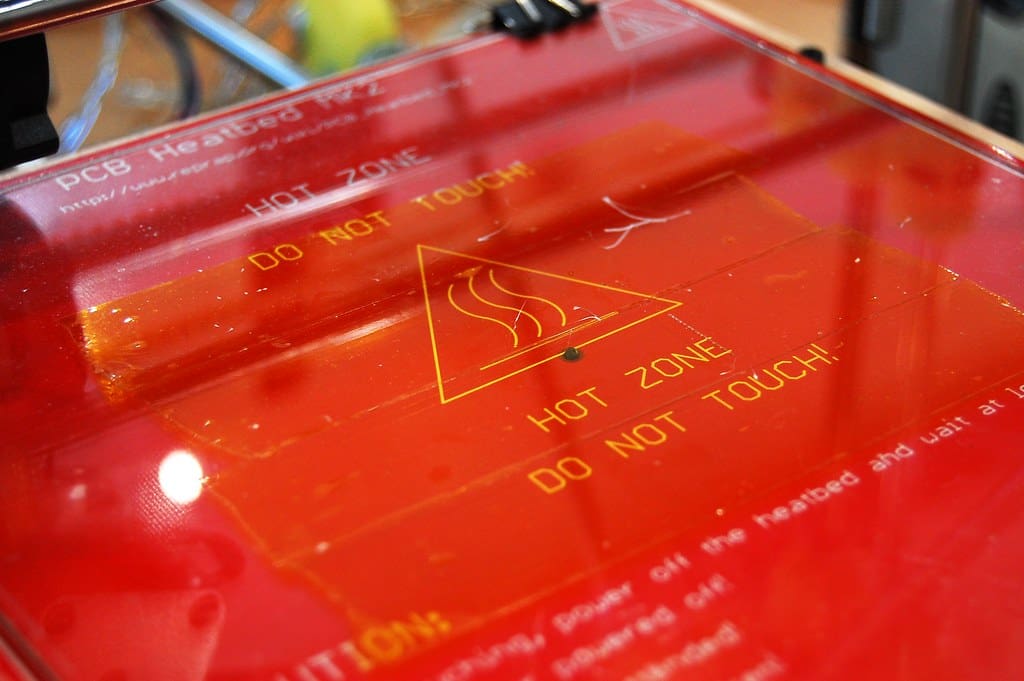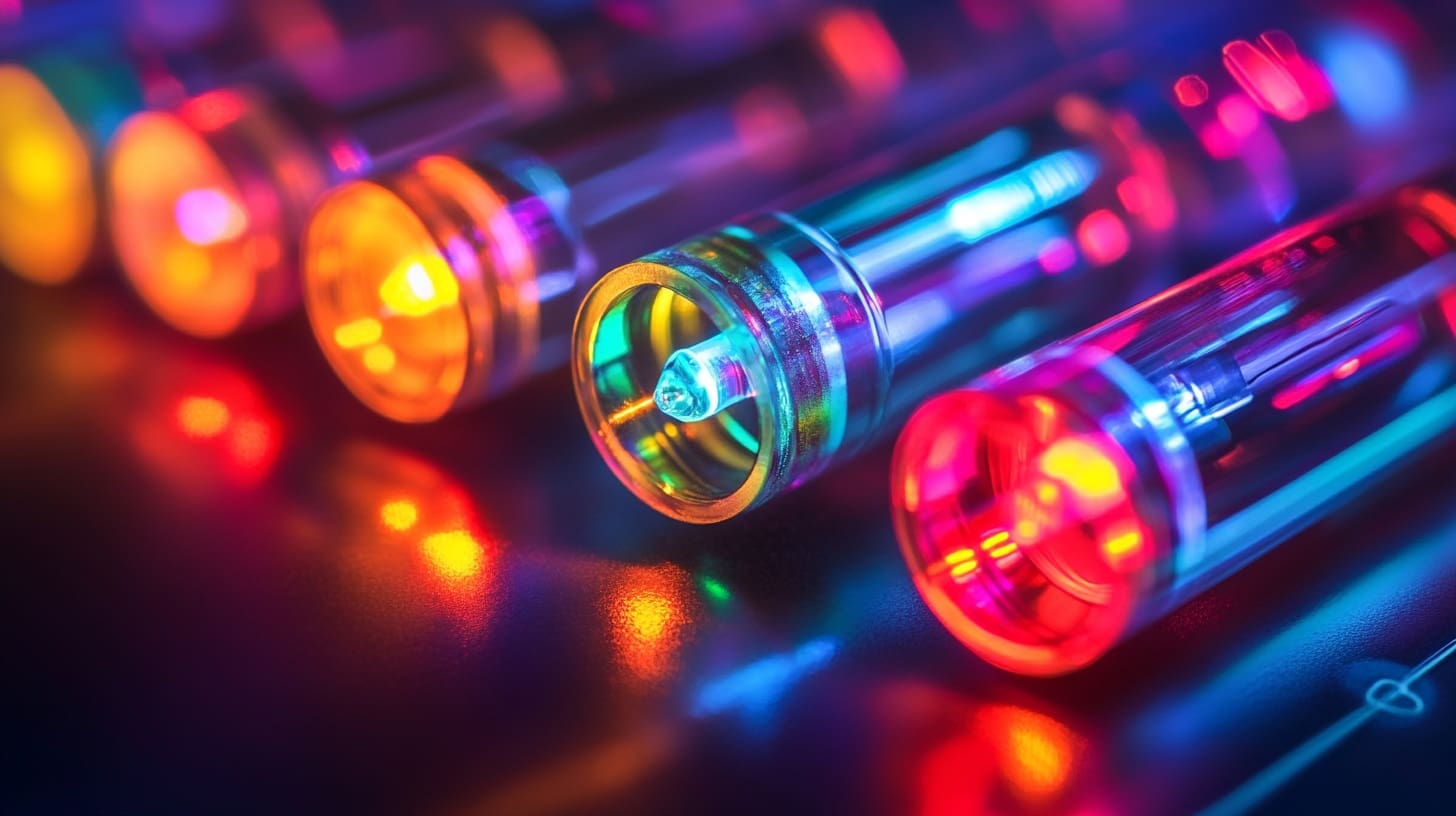The print bed is a critical component of a 3D printer, serving as the foundation where the 3D printed objects are built. Its primary function is to provide a stable and level surface that supports the material as it is deposited layer by layer. The characteristics of the print bed, such as its material, surface treatment, and temperature control capabilities, significantly influence the adhesion, accuracy, and overall quality of the final print. This article explores the various aspects of the print bed, including its types, materials, and technologies used to enhance performance, offering insights into how it impacts the 3D printing process.
Importance of the Print Bed in 3D Printing
Adhesion: Proper adhesion of the first layer is crucial for the success of a print. A print bed must offer a surface that ensures the material sticks adequately during the printing process but can be removed easily upon completion.
Heat Distribution: Especially in thermoplastic printing, an evenly heated bed prevents warping and ensures that each layer of material cools and solidifies at the right rate, maintaining the print’s dimensions and shape.
Surface Flatness: A perfectly flat surface is essential to prevent variations in layer thickness. Any imperfections can lead to issues like poor adhesion, uneven layer lines, and ultimately, failure of the print.
Durability and Maintenance: The print bed should withstand repeated exposure to high temperatures and adhesives, and it should be easy to clean and maintain.
Types of Print Beds
Non-Heated Print Beds: Typically used in printers that handle materials with low warping risk, such as PLA. These beds might be treated with an adhesive material or use a disposable build surface to enhance print adhesion.
Heated Print Beds: Common in printers designed for high-temperature materials like ABS and PETG, heated beds prevent warping by keeping the material at a consistent temperature throughout the printing process.
Materials Used for Print Beds
Glass: Offers excellent flatness and rigidity. Glass beds can be easily cleaned and provide a smooth finish to the bottom of printed parts. However, glass does not have inherent adhesive properties, so it often requires a surface treatment such as a glue stick or hairspray.
Aluminum: Popular for heated beds due to its good heat conductivity, which ensures quick and even heating. Aluminum beds are durable but might require an additional adhesive layer or treatment to improve print adhesion.
PEI (Polyetherimide): A surface coating that can be applied to glass or metal beds. PEI provides a semi-sticky surface that promotes adhesion when heated and releases the print when cooled, balancing ease of removal with adherence during printing.
BuildTak and Similar Surfaces: These are proprietary surfaces that can be applied to print beds. They offer excellent adhesion and are relatively easy to install and replace, making them popular among hobbyists and professionals alike.
Technologies Enhancing Print Bed Functionality
Automatic Bed Leveling: This technology uses sensors to detect any variations in flatness or levelness across the print bed. It compensates for these variations either by adjusting the bed mechanically or by modifying the movement of the print head during the printing process.
Removable Print Beds: Some printers feature beds that can be easily removed after printing. This allows users to remove the entire bed to free the print, which can be especially handy when dealing with large or delicate prints.
Flexible Print Beds: Made from materials like silicone, these beds can be bent to pop off finished prints easily. They combine the heat resistance and durability of rigid beds with the convenience of simpler print removal.
Temperature Control Systems: Advanced 3D printers have sophisticated temperature controls that can adjust the heat of the bed for different materials or stages of the printing process. This helps in managing the adhesion and cooling rates more effectively.
The print bed is a cornerstone of 3D printing technology, directly affecting the success of the printing process and the quality of the final product. Whether you’re a hobbyist or a professional, understanding the type of print bed, its material properties, and the technologies that enhance its functionality can significantly impact your printing capabilities. Innovations in print bed design and materials continue to evolve, driven by the demands for higher quality prints and more user-friendly experiences. By choosing the right print bed and maintaining it properly, users can achieve consistent, high-quality prints across a wide range of applications.








